Explore Ancient Kyoto: 10 Sites Related to The Tale of Genji

Kyoto is home to many places related to The Tale of Genji, the world's oldest novel, and its author, Murasaki Shikibu. This article briefly introduces Murasaki Shikibu's life and 10 locations in Kyoto related to her and The Tale of Genji.
Murasaki Shikibu and Her Work
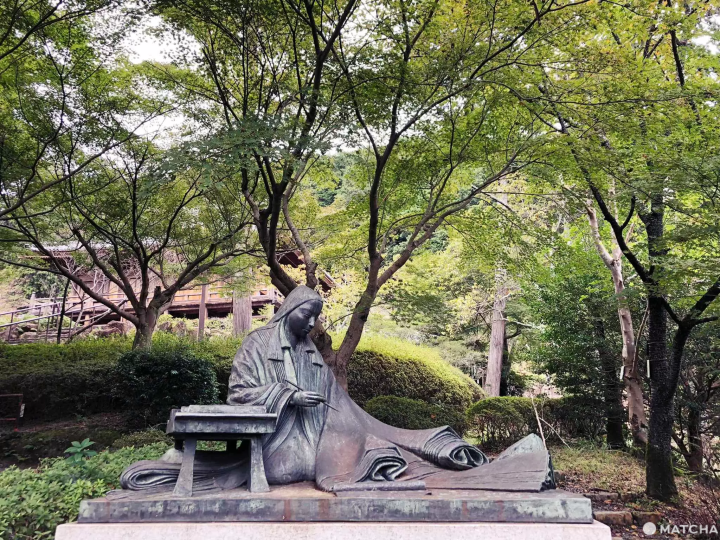
Murasaki Shikibu was a Japanese writer who lived in the early 10th century during the Heian period (794-1185). She is the author of The Tale of Genji, considered one of the oldest and most important surviving works of literature in the world. Murasaki Shikibu was a highly esteemed female writer in literary circles, hailed as a classic figure in Japanese literature.
Born into a noble family, her literary talents and keen observations made her a revered figure in courtly culture of the time. She produced a vast amount of poetry and prose within the court, portraying the flourishing noble life of the Heian period with profound insight and rich emotion.
Biographical Notes
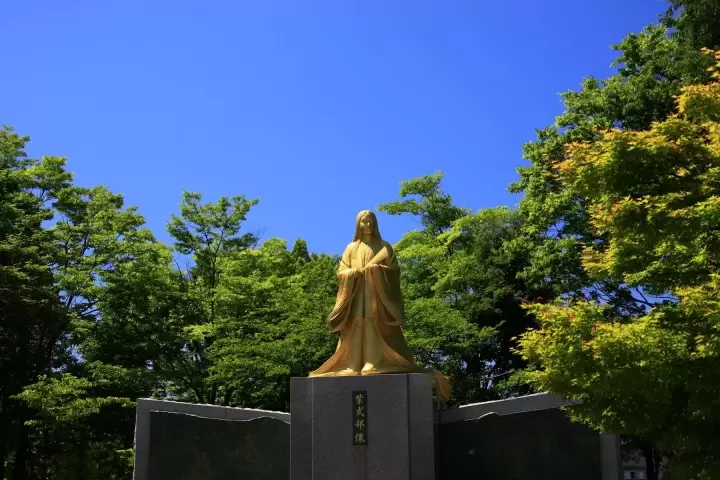
Statue of Murasaki Shikibu in Echizen, courtesy of Fukui Chamber of Commerce and Industry
The exact dates of Murasaki Shikibu's birth and death remain uncertain, with common belief placing her birth between 970 and 978, and she was known to be alive at least until 1019. Even her real name remains a mystery as most noblewomen of the Heian period did not publicly disclose their real names, hence "Murasaki Shikibu" is only a courtesy title.
Born and raised in Kyoto, Murasaki Shikibu's father fell out of favor due to political conflicts and was later reinstated as Governor of Echizen (present-day Echizen City, Fukui Prefecture) after a decade, affording Murasaki Shikibu a rare opportunity to live outside Kyoto. She returned to Kyoto upon marriage but the union lasted only two years when her husband passed away due to illness. It was after this event that Murasaki Shikibu began to craft her masterpiece, The Tale of Genji.
Read also
Gifted and well-versed in Chinese poetry and literature due to her father's influence, Murasaki Shikibu's remarkable literary talents were showcased in The Tale of Genji, earning accolades even from a reigning emperor. This led the highly influential statesman Fujiwara no Michinaga (966-1028) to appreciate Murasaki Shikibu's talents and invite her to serve as a lady-in-waiting to Empress Fujiwara no Akiko.
Within the confines of the court, Murasaki Shikibu closely witnessed the intricacies of power dynamics among the courtiers, an experience that fueled the completion of The Tale of Genji, which remains her sole novel. Additionally, she left behind The Diary of Lady Murasaki, depicting life within the imperial court, and a poetry collection.
While details about Murasaki Shikibu's life are relatively obscure, she is celebrated as a literary master in Japanese literary history. Her works and influence have transcended borders, making her a widely recognized and esteemed literary figure.
The Tale of Genji: Plot and Significance
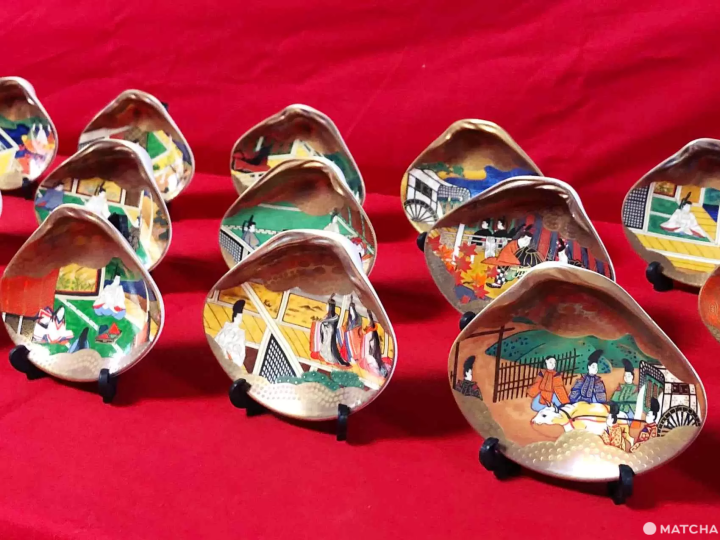
Shell inlay artwork featuring scenes from "The Tale of Genji"
The Tale of Genji is a classic Japanese novel from the mid-Heian period. It depicts the life of the aristocracy during a time of great elegance in Japan. Comprising 54 chapters, it was completed in 1008 and is considered one of the oldest works of narrative fiction in Japan. It is also one of the world's earliest novels, having been translated into over 20 languages, making it a cornerstone of Japanese literature.
The protagonist, Hikaru Genji, is the son of Emperor Kiritsubo, born into royalty but later demoted to a commoner after his mother's death. As he matures, his striking features and charismatic personality entangle him in complex love affairs with various women.
The first 41 chapters primarily focus on Hikaru Genji, while from chapter 42 onwards, the story shifts to focus on his descendants, exploring the love stories among his offspring after his passing. The final ten chapters are set in Uji, hence they are known as the "Uji Chapters."
The Tale of Genji not only holds a significant literary stature but has also spawned various adaptations and translations throughout different eras, influencing the development of rich traditions such as illustrated scrolls and shell and mother-of-pearl inlay artworks. It even played a role in popularizing kodo, the way of incense.
Places Related to Murasaki Shikibu
Apart from the two years spent in Echizen, Murasaki Shikibu lived her entire life in Heian-kyo (modern-day Kyoto). Even after a millennium, traces of her presence still linger in the city of Kyoto.
Below are selected locations associated with Murasaki Shikibu. Follow in her footsteps and journey back to the Heian period a thousand years ago!
1. Rozanji Temple

The vicinity of Rozanji Temple was once the residential estate of Murasaki Shikibu's great-grandfather, Fujiwara no Kanefumi, who was also a celebrated poet.
As the estate was passed down through generations, it is speculated that Murasaki Shikibu's family also resided here and that she may have penned "The Tale of Genji" in this setting.
Additionally, this area is the setting of the residence of the Governor of Kii, where Genji encounters Utsusemi in "The Tale of Genji."

In 1965, to commemorate the confirmation of Murasaki Shikibu's residence, the Genji Garden was created in front of the main hall, designed to evoke the ambiance of the Heian period. The garden features white sand representing the heavens and moss forming patterns reminiscent of clouds, mirroring those seen on folding screens.
Visitors can enjoy the garden view from the edge of the main hall, especially during the blooming season of purple bellflowers (Kikyo) from June to September, and the autumn leaves turning the garden red in the fall.
In recent years, during the bellflower season, there have been limited edition temple stamps, which have been quite popular. Additionally, in line with the 2024 TV series themed around Murasaki Shikibu's life, the temple offers special stamp books featuring bellflowers and Murasaki Shikibu on the cover.
Rozanji Temple
Visiting Hours: 9:00 - 16:00 (Closed on January 1, February 1 - 9)
Admission Fee: 500 yen
Address: Kyoto, Kamigyo Ward, Kita-innokumacho, 397 Higashiyama 397
Access: A 5-minute walk from the bus stop Furitsu Ida Byoin-mae on the city bus route
Website: https://www7a.biglobe.ne.jp/~rozanji/index.html (Japanese)
2. Kyoto Gyoen National Garden
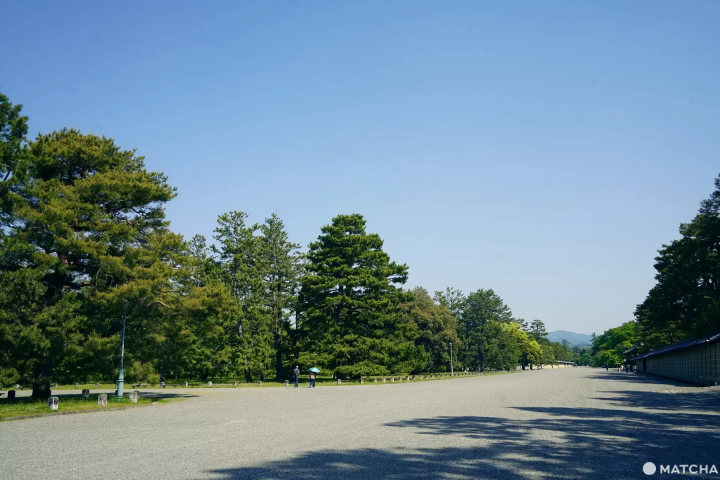
The beginning of "The Diary of Lady Murasaki" starts with the birth of future Empress Akiko at Fujiwara no Michinaga's Tsuchimikado Residence, which was located within the present-day Kyoto Gyoen National Garden.
During the Heian period, the Imperial Palace was actually about 2 kilometers away from the current Kyoto Imperial Palace. Due to multiple fires at the Imperial Palace, one Emperor and Empress, including Empress Fujiwara no Akiko, the patron of Murasaki Shikibu, relocated to the Biwaden residence, which then became Murasaki Shikibu's workplace.
When visiting the Kyoto Gyoen National Garden, look for signs indicating the Biwaden and Tsuchimikado residences.
Kyoto Gyoen National Garden
Opening Hours: Open 24 hours
Admission Fee: Free
Address: Kyoto, Kamigyo Ward, Kyoto Gyoen 3
Access: Approximately a 5-minute walk from Marutamachi Station or Imadegawa Station on the Kyoto Municipal Subway
Website: https://fng.or.jp/kyoto/en/
3. Unrin-in Temple

Unrin-in Temple, which belongs to the Daikakuji Temple complex, was the imperial villa Murasakino-in in the mid-9th century, known for its cherry blossoms and autumn foliage. Later transformed into Unrin-in, it underwent a period of neglect after the Enryaku Rebellion before being reconstructed in 1707.
Legend has it that Murasaki Shikibu was born in the Murasakino area nearby. Inside Daikakuji, the Shingetsu-an (not open to the public) still houses the birthing well of Murasaki Shikibu. There is also a theory that Murasaki Shikibu spent her later years at Unrin'in, and her grave is located nearby, suggesting a significant connection between Murasaki Shikibu's life and Unrin'in.
In the 10th chapter of The Tale of Genji, there is a mention of Unrin-in where Hikaru Genji visits to offer prayers for his lover Yugao, who had passed away attacked by an evil spirit at that site.
Unrin-in Temple
Visiting Hours: 6:30 - 17:00
Admission Fee: Free
Address: Kyoto, Kita ward, Murasakino Unrinin-cho 23
Access: Approximately a 3-minute walk from the bus stop Daikaku-ji-mae on the city bus route
4. Murasaki Shikibu's Grave
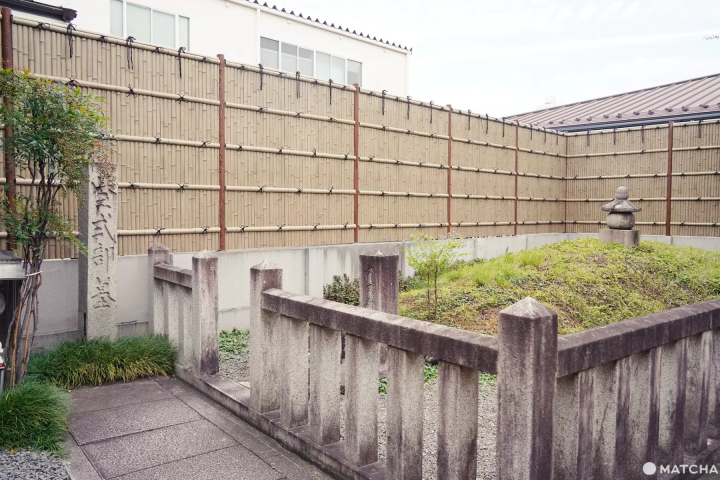
The exact date of Murasaki Shikibu's passing remains a mystery. According to a commentary on "The Tale of Genji" from the Muromachi period, Murasaki Shikibu's grave is located to the south of the Byakugo-in Hall at Unrin-in Temple.
Adjacent to Murasaki Shikibu's grave is the reputed resting place of Ono no Takamura, a figure believed to have connections to the underworld and considered the "King of Hell" who can traverse between the realms of the living and the dead. Why are these two individuals from eras nearly 200 years apart buried nearby?
Legend has it that due to the perceived immoral content of "The Tale of Genji," depicting love affairs in Heian aristocratic society, Murasaki Shikibu was condemned to hell. In an attempt to save Murasaki Shikibu from damnation, readers sought the help of Ono no Takamura, hence his grave was moved to be near hers.
Murasaki Shikibu's Grave
Address: Kyoto, Kita ward, Murasakino Nishigosho-dencho
Access: Approximately a 3-minute walk from the bus stop Kita-oji Megurogawa on the city bus route
5. Ishiyamadera Temple
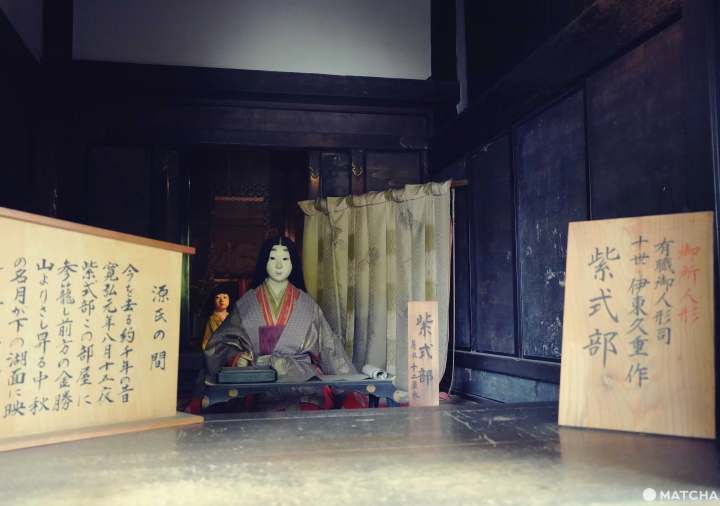
According to the Illustrated Scrolls of the Origin of Ishiyamadera, Murasaki Shikibu spent about a week in prayer at Ishiyamadera Temple in Otsu at the request of Empress Akiko.
It is said that she contemplated the content of her story while admiring the moonlight reflected on Lake Biwa. Within Ishiyamadera's grounds, there is a seated statue of Murasaki Shikibu, along with relics such as the Genji Room, where it is believed she worked on "The Tale of Genji," and the Illustrated Scrolls of The Tale of Genji.
During the Heian period, the worship of Kannon Boddhisatva was prevalent, and Ishiyamadera, with its main statue of Nyoirin Kannon Boddhisatva, attracted numerous worshippers. The pilgrimage to Ishiyamadera became a popular trend, referenced in literary works like The Diary of Lady Murasaki and the poetry collection Wakan Roeishu.
Ishiyamadera Temple
Visiting Hours: 8:00 - 16:30 (Last entry 16:00)
Admission Fee: Starting from 600 yen (Prices may vary, please check the official website)
Address: Shiga, Otsu, Ishiyamadera 1-1-1
Access: Approximately a 10-minute walk from the Keihan Ishiyama-dera Station on the Keihan Ishiyama Line
Website: https://www.ishiyamadera.or.jp/
6. Heian Jingu Shrine

The present-day Heian Jingu Shrine was built in commemoration of the 1,100th anniversary since Heian-kyo (present-day Kyoto) had become the capital of Japan.
The shrine was constructed on a 5/8 scale of the main hall of the Heian-kyo's Imperial Audience Hall (Chodo-in), aiming to recreate the architectural ambiance of the Heian period. In 2024 TV series themed around Murasaki Shikibu's life began filming at the Heian Jingu Shrine, using locations like the Otenmon Gate and Soryuro for shooting.
Heian Jingu Shrine
Visiting Hours: 6:00 - 17:30 (Garden: 8:30 - 17:00)
Admission Fee: Free (Garden: 600 Japanese Yen)
Address: Kyoto, Sakyo ward, Okazaki Nishitennocho 97
Access: Approximately a 5-minute walk from the bus stop Okazaki Koen / Bijutsukan - Heian Jingu-mae serviced by the city bus
Website: https://www.heianjingu.or.jp/index.html
7. Shimogamo Shrine

The Aoi Matsuri Festival, held at the Shimogamo Shrine and the Kamigamo Shrine, is one of Kyoto's three major festivals and features in the Aoi chapter of The Tale of Genji, depicting the dispute between Prince Genji's wife Aoi and Lady Rokujō during a procession involving ox carts.
Additionally, the Shimogamo Shrine is also featured in Suma chapter. Prince Genji, suspected of treachery, visits the Tadasu no Mori forest at the Shimogamo Shrine and creates a poem before his exile to Suma.
It was believed that those with evil intentions entering the sacred Tadasu no Mori would face divine punishment. Wrongly accused, Prince Genji sought answers at this sacred site to determine his guilt. Due to its deep connection with The Tale of Genji, the Shimogamo Shrine now uses poems from the novel as the verses for their marriage fortune-telling slips.
Shimogamo Shrine
Visiting Hours: 6:00 - 17:00
Admission Fee: Free
Address: Kyoto, Sakyo ward, Shimogamo Izumigawacho 59
Access: Get off at the bus stop "Shimogamo Jinja-mae"
Website: https://www.shimogamo-jinja.or.jp/
8. Kamigamo Shrine
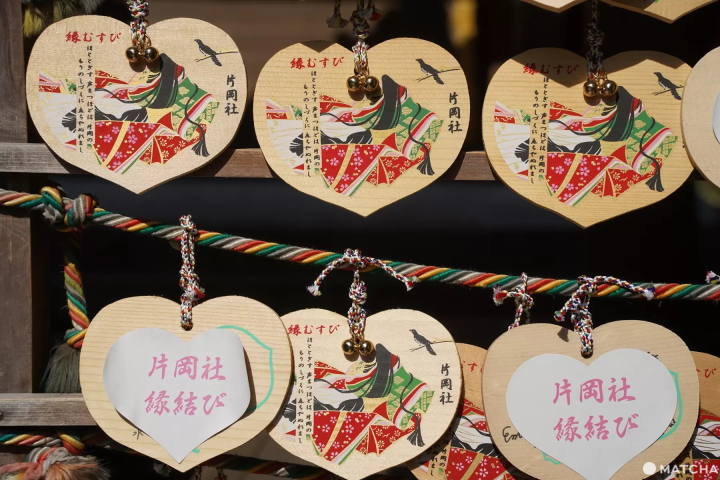
Inside the Kamigamo Shrine is the Kataoka Shrine with votive plaques depicting Murasaki Shikibu
The Kamigamo Shrine, a UNESCO World Heritage Site, is a must-visit location for fans of The Tale of Genji due to its association with the Aoi Festival. It is said that Murasaki Shikibu herself visited this shrine and composed waka poems at the Katayama Mikoshi Shrine (Kataoka Shrine) within the shrine grounds.
Kamigamo Shrine
Visiting Hours: 8:30 - 17:00
Admission Fee: Free
Address: Kyoto, Kita ward, Kamigamo Motoyama 339
Access: Get off at the bus stop Kamigamo Jinja-mae
9. Nonomiya Shrine
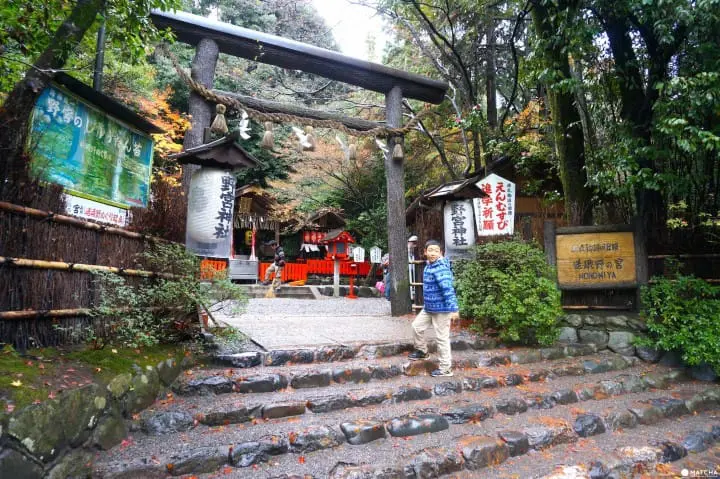
Nonomiya Shrine, located in Arashiyama, makes an appearance in the tenth chapter of The Tale of Genji, where Prince Genji secretly visits Lady Rokujo at this shrine. The shrine now offers amulets inspired by The Tale of Genji.
Nonomiya Shrine
Admission Fee: Free
Address: Kyoto, Ukyo ward, Sagano Nonomiya-cho 1
Access: 10-minute walk from the Saga-Arashiyama Station on the Sagano Line
Website: http://www.nonomiya.com/
10. Uji

Uji is the plot setting in the novel's final ten scrolls of The Tale of Genji. The man presumed to have been the prototype for the protagonist, Minamoto no Toru, once owned a villa in Uji, which underwent various changes and eventually became Byodoin Temple and its Phoenix Hall, now a World Heritage Site.
Statues of Murasaki Shikibu and scenes from the Uji chapters are also erected along the Uji River. Uji is also home to The Tale of Genji Museum, which exhibits aspects of Heian aristocratic culture and the content of the Uji chapters through various mediums such as videos and physical displays, offering insights into the culture of the Heian period and The Tale of Genji.
Uji
Transportation: Take a train from Kyoto Station to JR Uji Station or Keihan Uji Station
Read also
Enjoy Time-Traveling to Murasaki Shikibu's Kyoto
Currently, Kyoto does not offer a daily bus pass but provides a combined bus and subway pass. Combining bus and subway travel in Kyoto is more efficient, especially since certain Kyoto subway services directly connect to Ishiyamadera in Otsu.
In the profound historical ambiance of the ancient capital, embark on a pilgrimage to these sacred sites, allowing yourself to envision the life of the Heian aristocracy and embark on a journey through a thousand years of time!
Refer to the Kyoto subway route guide to plan your itinerary efficiently!
Read also
I used to live in Japan and managed to conquer 78 out of the 100 famous castles and 12 existing castle towers in 8 years. As a history enthusiast, I also have a passion for baseball and Japanese dramas, which have driven me to visit all 47 prefectures. I hope to convey not only the scenery of Japan but also more of its culture and way of life.








































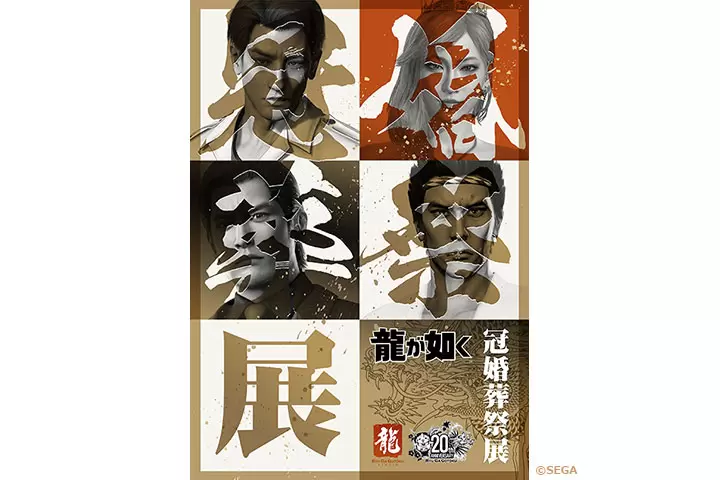
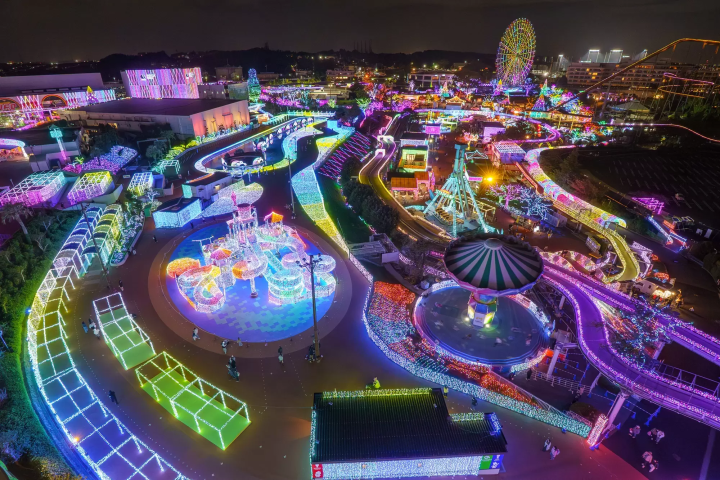
![[Coupon Available] Recommended Fall/Winter Wear from Scandinavian Brand "Helly Hansen"](https://resources.matcha-jp.com/resize/720x2000/2025/12/15-252920.webp)
![Deep dive into Japanese brands! A tour of famous leather shoe stores with GENSEI & Nin [Otsuka Shoes Edition]](https://resources.matcha-jp.com/resize/720x2000/2025/12/15-252972.webp)